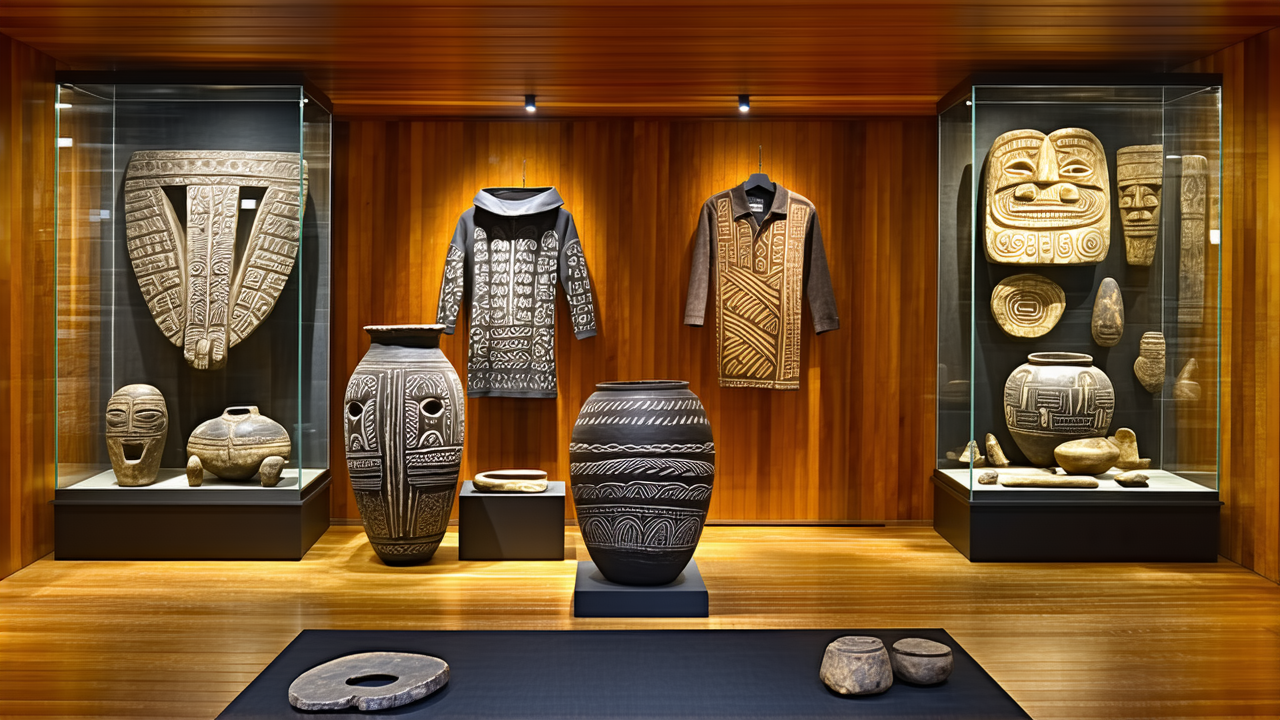Over 15,000 Māori and Moriori Cultural Heritage Items May Be in Overseas Museums and Universities
Over 15,000 Māori and Moriori Cultural Heritage Items May Be in Overseas Museums and Universities
More than 15,000 cultural heritage items belonging to the Māori and Moriori peoples may be held in overseas museums and universities, according to a recent revelation by Arapata Hakiwai, the Kaihautū of Te Papa, the Museum of New Zealand in Wellington. This estimate is described as a conservative figure, with the actual number likely being much higher.
Hakiwai, who has worked at Te Papa since its opening in 1998, shared his journey into the field of Māori and Moriori heritage preservation. His initial work began with an order from Sir Hirini Moko Mead, a renowned academic and advocate for Māori culture. Hakiwai recalls how quickly he was immersed in the complexities of the museum’s role in the past and the urgent need for change.
He explained that Te Papa was not only a repository of cultural artifacts but also had, at times, been complicit in the removal of Māori and Moriori taonga (treasures) from Aotearoa. “Māori and Moriori ancestors, hundreds, thousands of them, were taken, traded, swapped, exchanged, sold to other museums,” Hakiwai said, emphasizing the need for reconciliation and repatriation.
His research uncovered that well over 33 museums in the United States and 30 in the United Kingdom hold significant collections of Māori and Moriori cultural heritage. The Field Museum in Chicago, for example, holds over 2,500 Māori taonga. “The sad reality is that over 95% of Māori and Moriori people wouldn’t know the extent of this, wouldn’t be aware of where their taonga are, or who has them,” Hakiwai said.
Hakiwai emphasized that this information should be made available to Māori and Moriori communities as a matter of right, not privilege. He also highlighted the importance of repatriation efforts, such as the Karanga Aotearoa program, which began in 2003 with a focus on the return of human remains. Over the years, many museums have agreed to return these remains, a significant shift from the program’s early days.
The 1984 Te Māori exhibition had a profound impact on relationships between Māori and overseas museums. One notable example is the restoration of the Ruatepupuke wharenui (meeting house), originally built in 1881 in Tokomaru Bay. After being moved to the Field Museum in Chicago, the wharenui was “reclothed” by Māori elders and museum staff, a partnership that has become a model for future collaborations.
Hakiwai believes that museums have a higher purpose in society — to support and uplift cultural identity. “If that is the desire of iwi, hapū, and whānau for their taonga to be returned and homed, we will work with them to achieve those ends,” he said.
As the conversation continues, Hakiwai calls for a rethinking of what museums can be — not just repositories of artifacts, but partners in cultural preservation and restoration.
